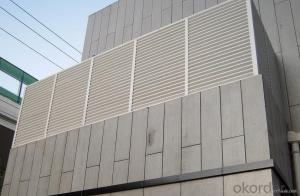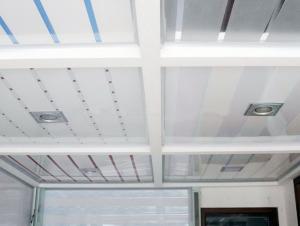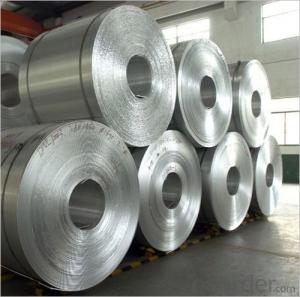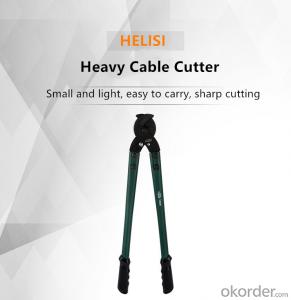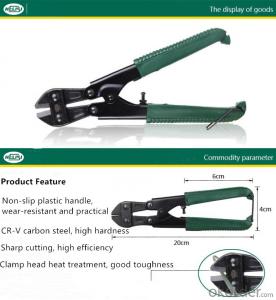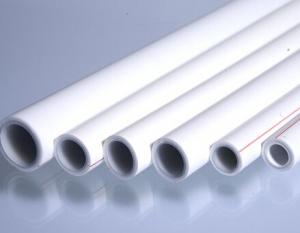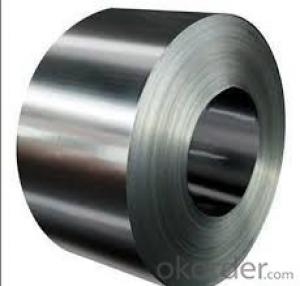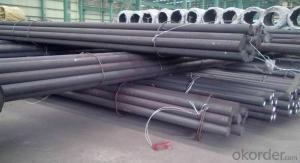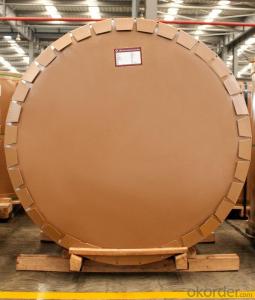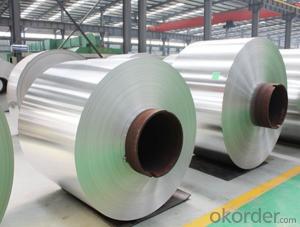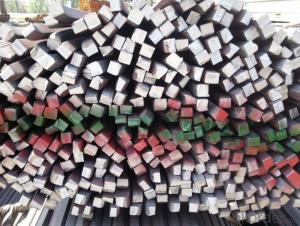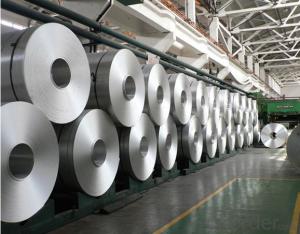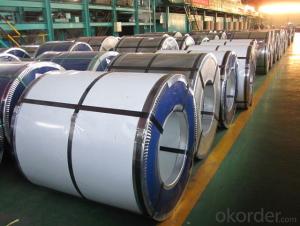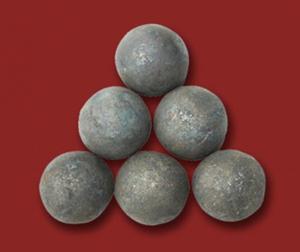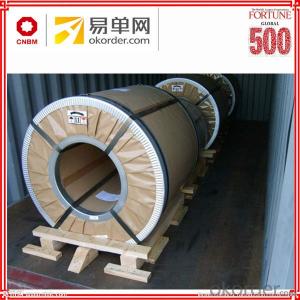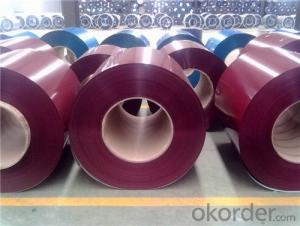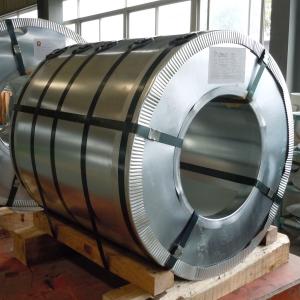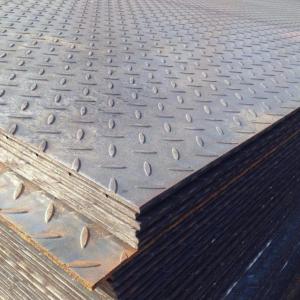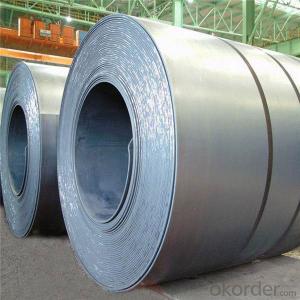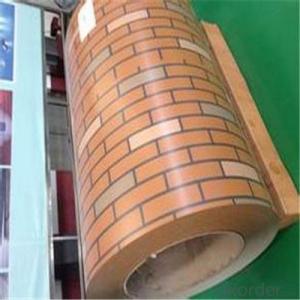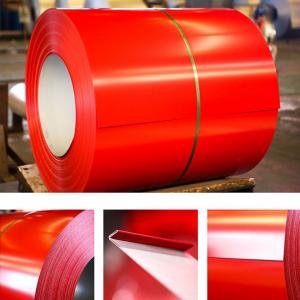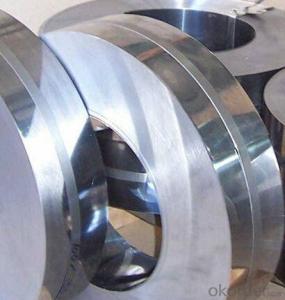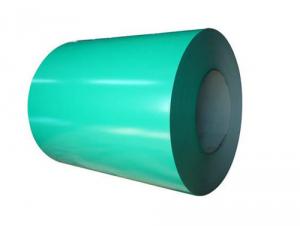Shfe Hot Rolled Coil
Shfe Hot Rolled Coil Related Searches
Hot Water Bags For Pain Relief Micro Inverter For Solar Panel Stainless Steel Bucket With Lid Hot Water Bottle With Hose Solar Panel With Ac Inverter Solar Panel With Inverter Kit Solar Panel Kits With Inverter Inverter With Solar Panel Aluminum Sheet With Holes Cover Ham With Aluminum FoilHot Searches
Steel Mesh Panels For Sale Stainless Steel Tank For Sale Stainless Steel Sheets For Sale Cheap High Tea Sets For Sale Stainless Steel Tanks For Sale Stainless Steel For Sale High Density Fiberboard For Sale Solar Hot Water Collectors For Sale Scaffolding For Sale In Uae Scaffolding For Sale In Ireland Scaffolding For Sale In Houston Price Of Shipping Containers For Sale Used Solar Inverter For Sale Portable Led Signs For Sale Stone Hot Water Bottles For Sale Aluminum Coil Stock For Sale Large Led Screens For Sale Aluminum Gutter Coil For Sale Used Aluminum Scaffolding For Sale 1/4 Aluminum Plate For SaleShfe Hot Rolled Coil Supplier & Manufacturer from China
Okorder.com is a professional Shfe Hot Rolled Coil supplier & manufacturer, offers integrated one-stop services including real-time quoting and online cargo tracking. We are funded by CNBM Group, a Fortune 500 enterprise and the largest Shfe Hot Rolled Coil firm in China.Hot Products
FAQ
- The common coil transportation methods include using flatbed trucks, coil racks, coil cars, and coil trailers.
- Steel coils have a wide range of applications in various industries such as automotive, construction, manufacturing, and energy. They are commonly used for making components and parts in vehicles, buildings, appliances, and machinery. Steel coils can also be employed in the production of pipes, tubes, and electrical appliances. Additionally, they are utilized in the energy sector for manufacturing power transmission equipment and storage tanks.
- Steel coils have several advantages over other materials. Firstly, steel is incredibly strong and durable, making it ideal for heavy-duty applications. Additionally, steel coils have excellent heat and corrosion resistance, making them suitable for a wide range of environments. Steel also offers better conductivity and magnetic properties compared to other materials. Overall, steel coils are highly versatile and provide superior performance in various industries.
- The metal container industry can have different requirements and produce various types of containers, leading to varied dimensions for steel coils. However, generally, the thickness of steel coils used in this industry falls between 0.3mm and 3mm, while the width ranges from 600mm to 2000mm. In terms of shape, the coils are commonly wound in a continuous spiral form with diameters ranging from 600mm to 1500mm. These dimensions enable effective production and handling of the steel coils throughout the manufacturing process of metal containers.
- days. Use your knowledge of the corrosion of steel and aluminum to predict how they would look different after a week exposed to rainy weather. Explain your prediction.
- Steel rusts, aluminum doesn't so the steel can would be rusty and the aluminum can would not.
- Steel coils are used in the manufacturing of mining equipment to provide strength and durability to crucial components such as chassis, buckets, and structural frameworks. These coils are formed into various shapes and sizes, then welded or bolted together to create robust and reliable machinery capable of withstanding the harsh conditions and heavy loads encountered in mining operations.
- Steel coils are typically priced and traded in the market based on various factors such as the current demand and supply, raw material costs, production costs, and market competition. Steel coil pricing often takes into account the specifications of the coil, including its size, thickness, width, and grade. Additionally, market dynamics, such as global economic conditions, trade policies, and currency fluctuations, can also influence steel coil pricing. Traders and buyers negotiate prices based on these factors, and the final price is determined through a combination of supply and demand dynamics and market forces.
